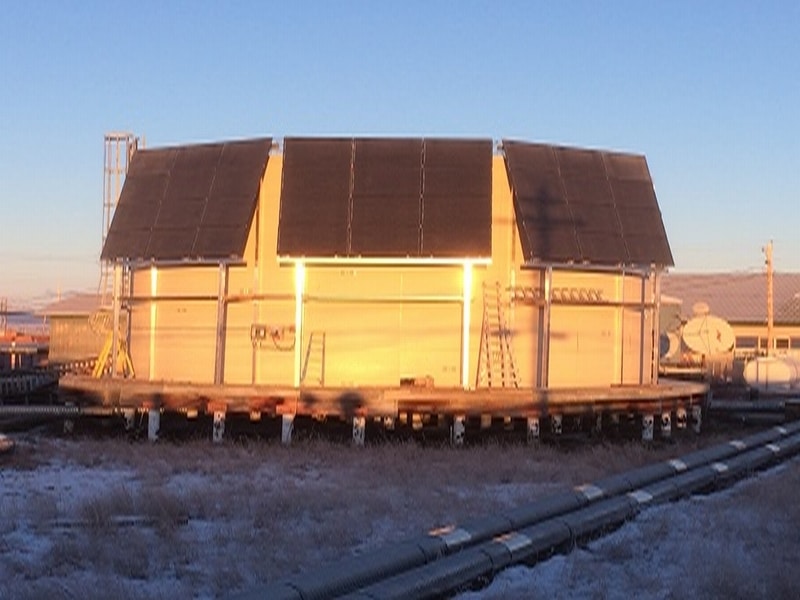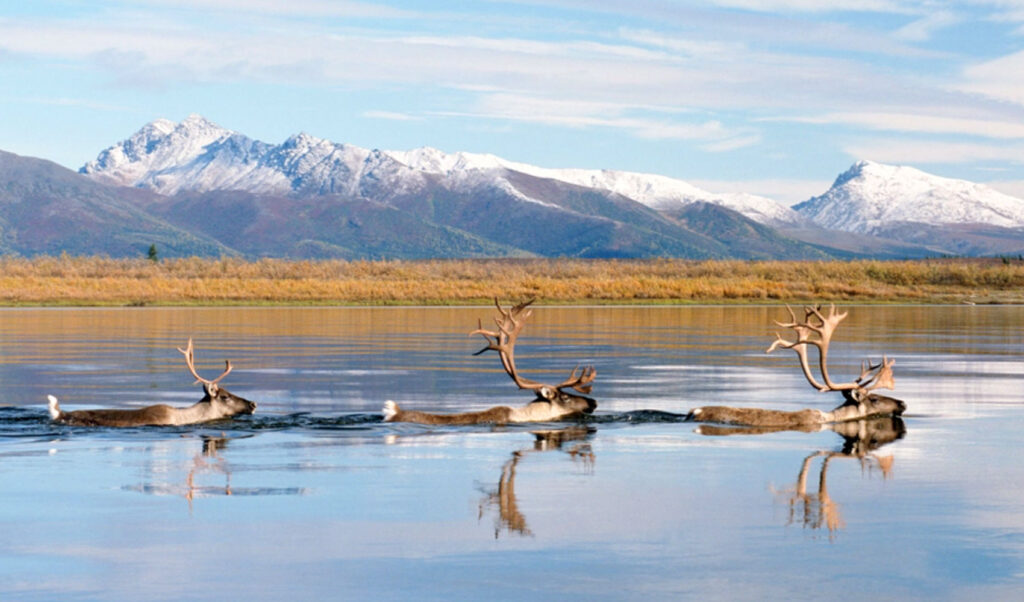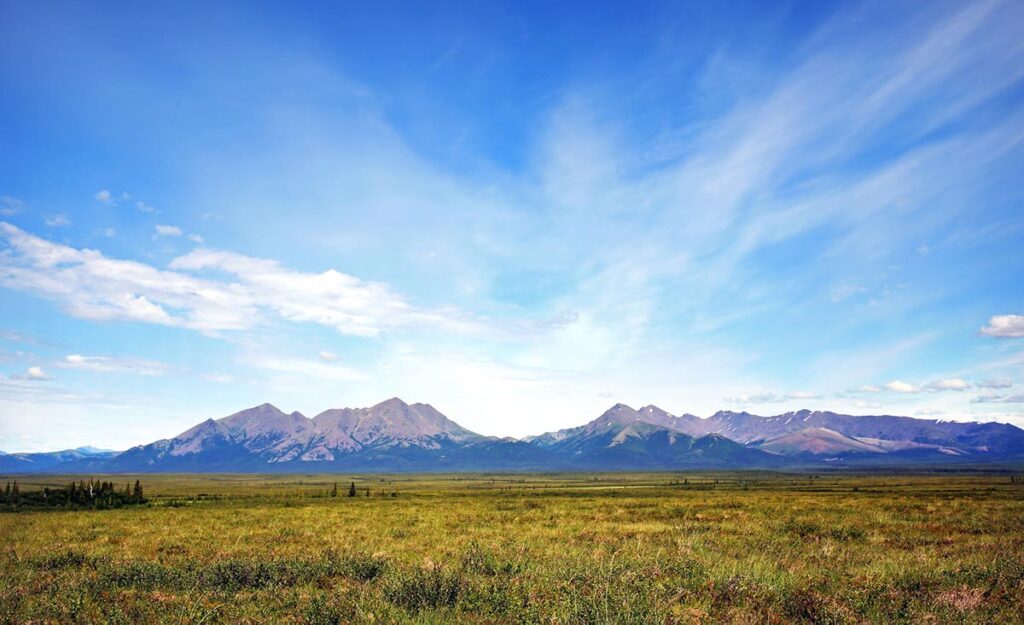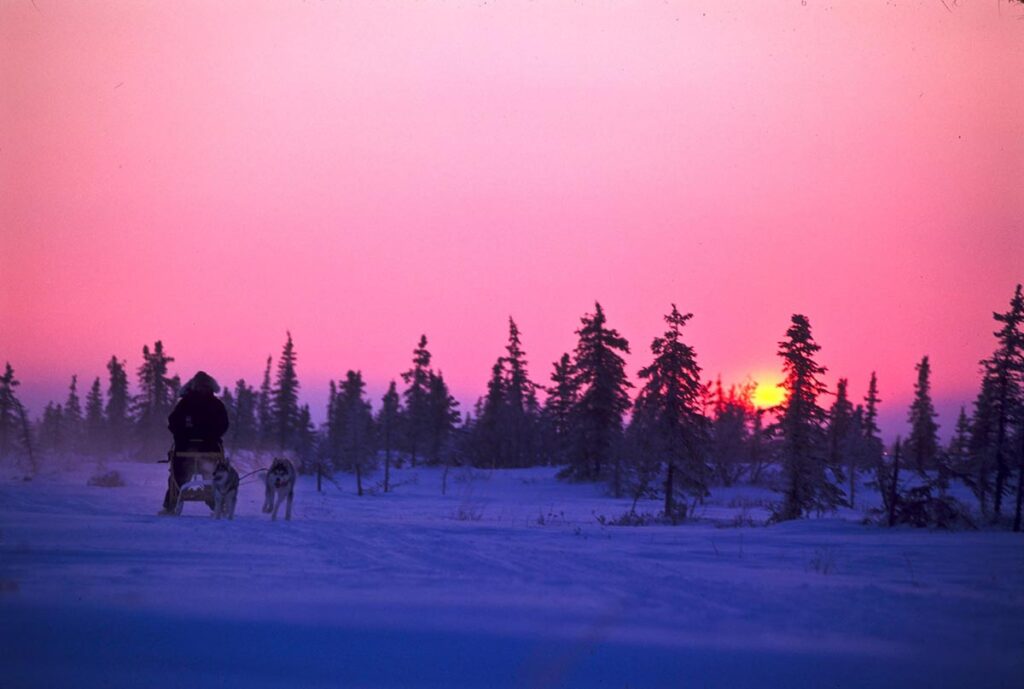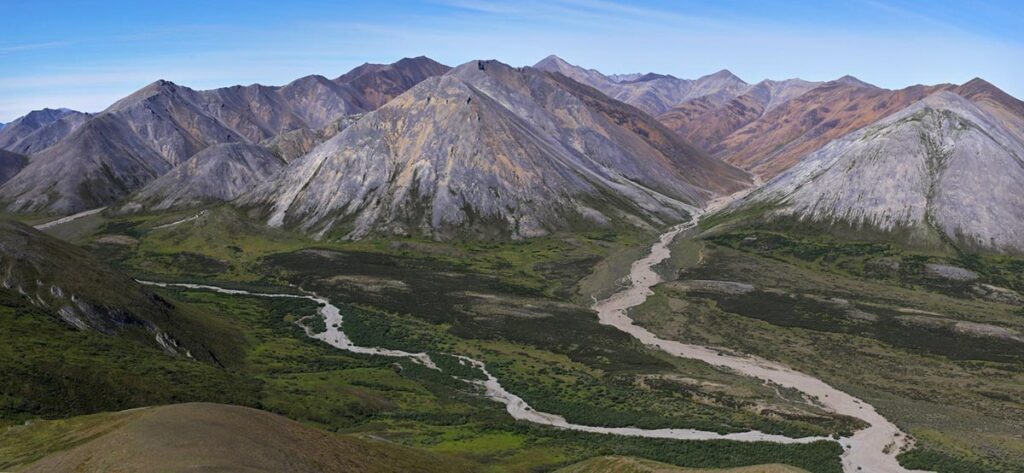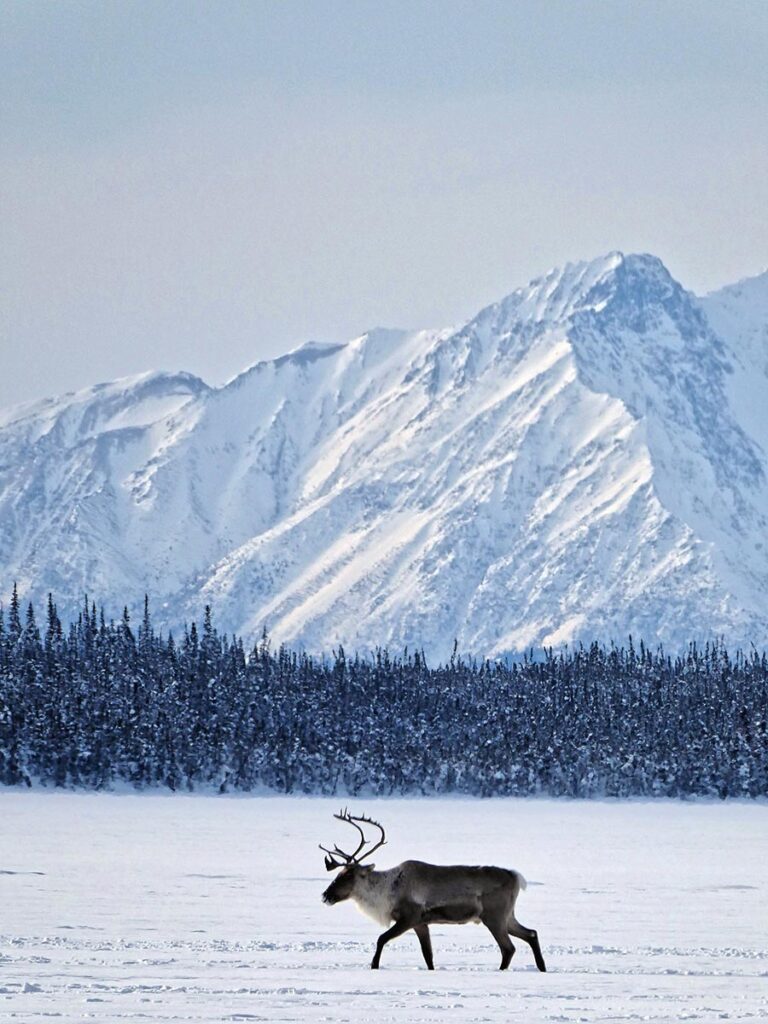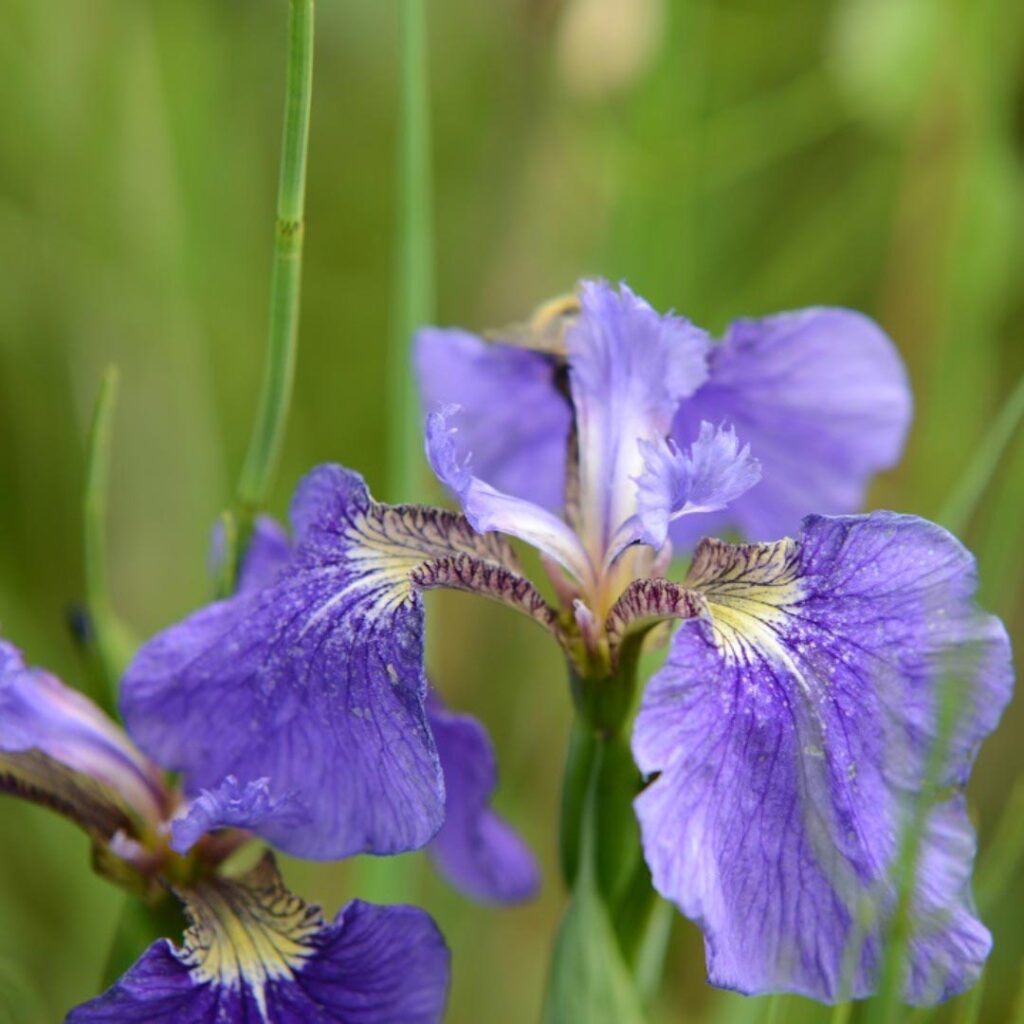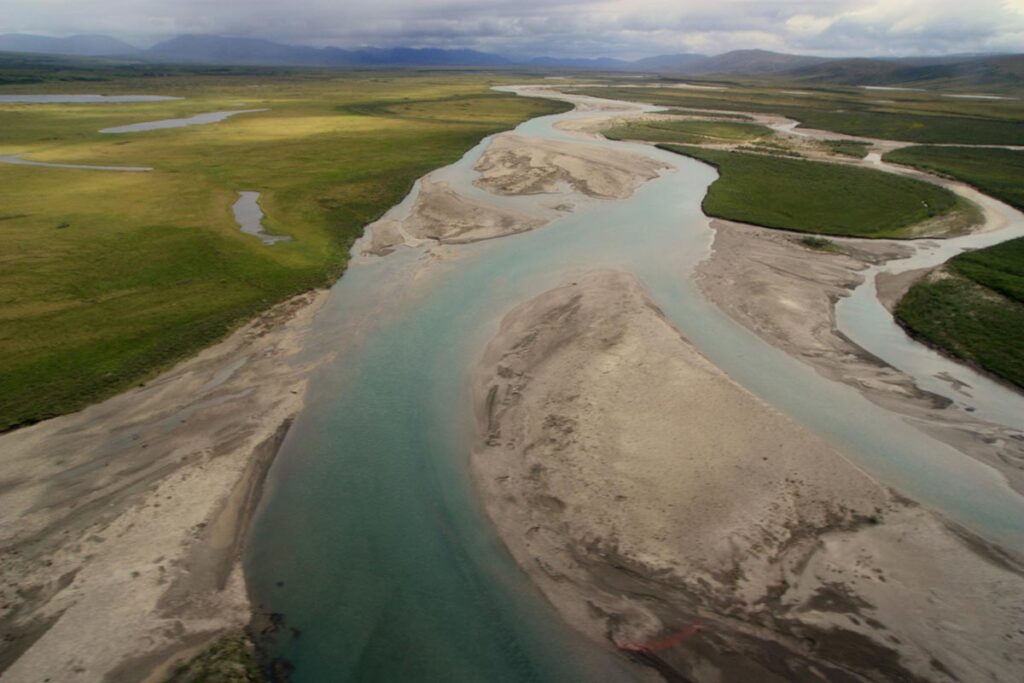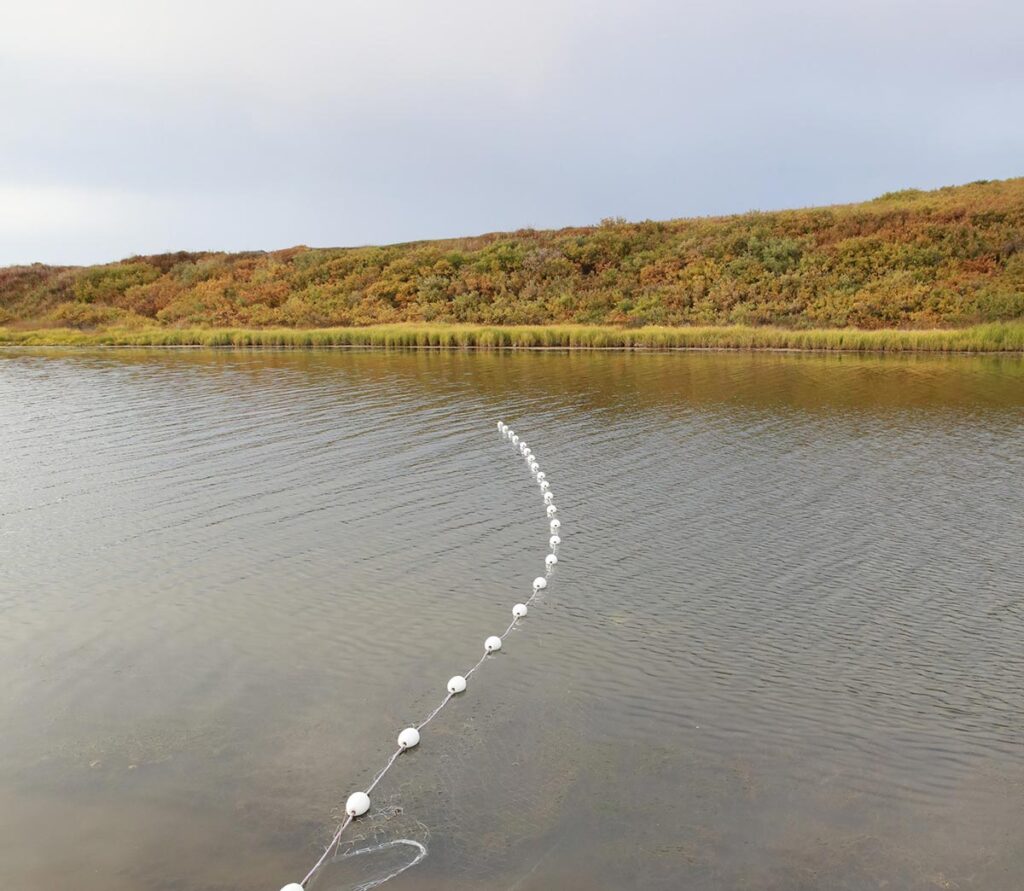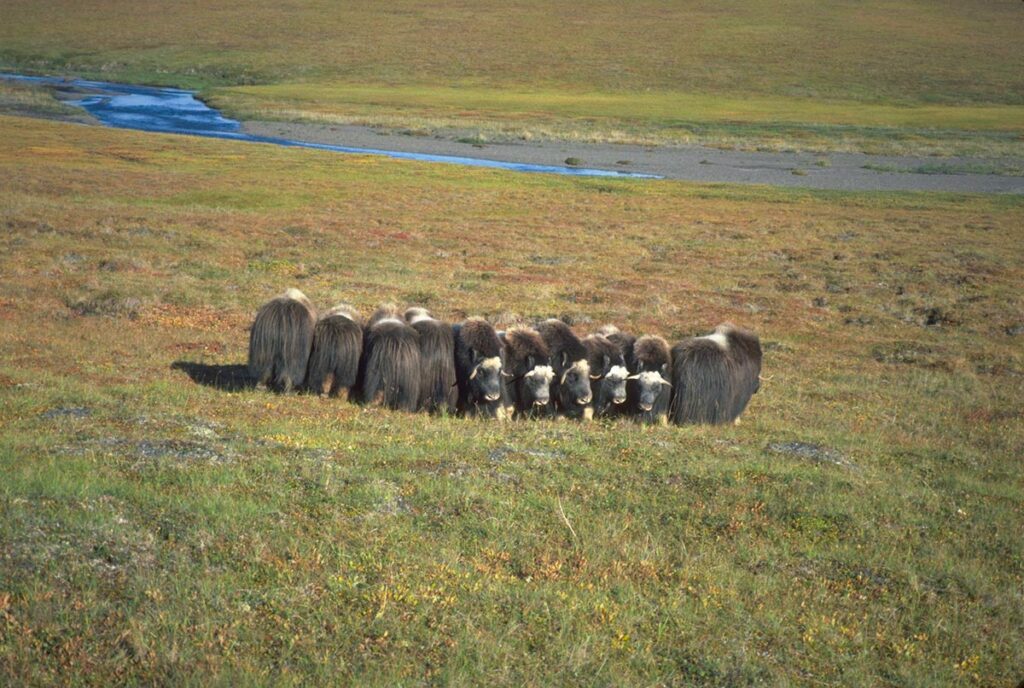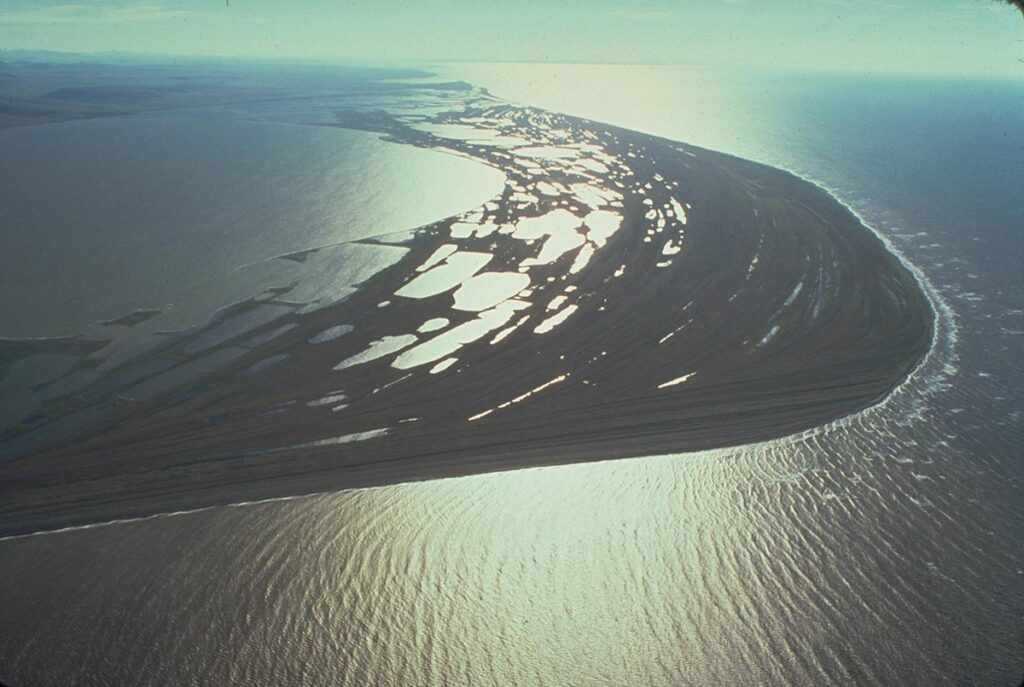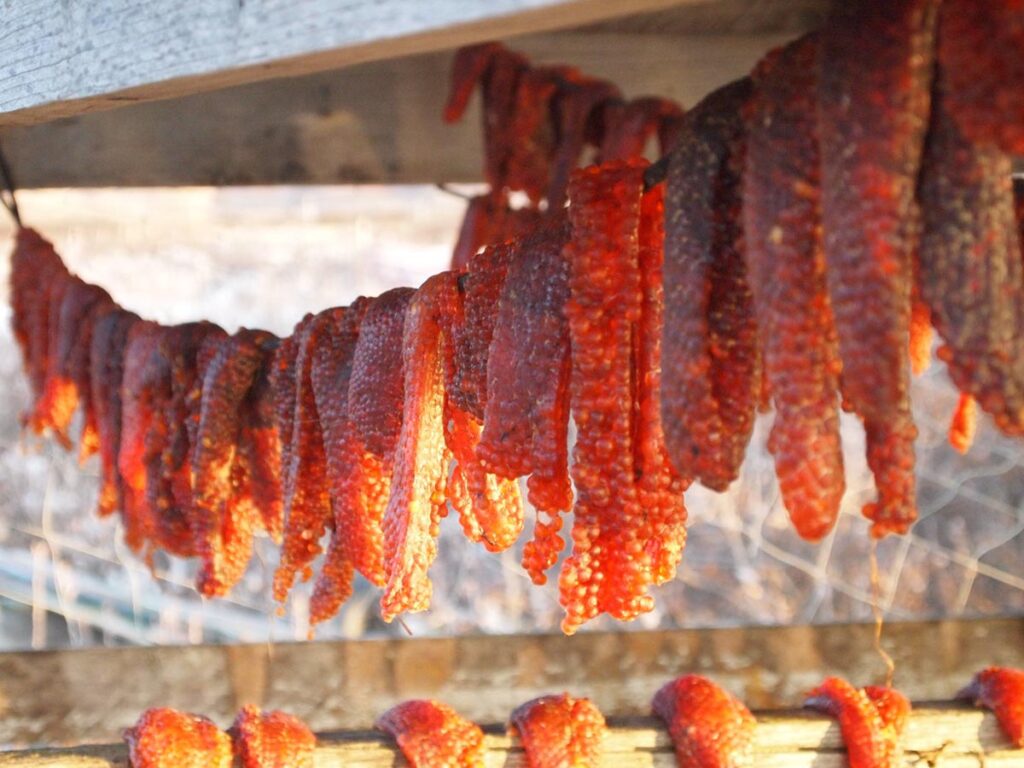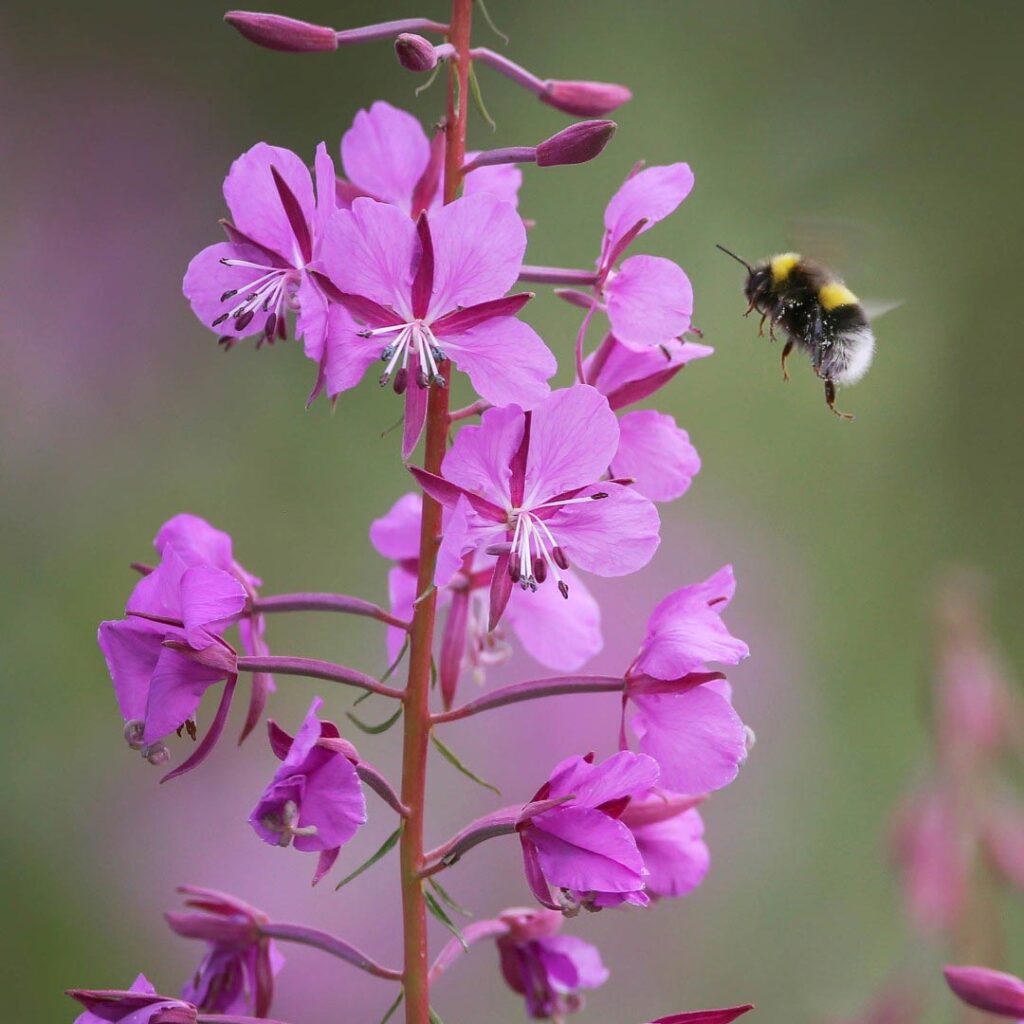Shungnak-Kobuk Community Solar Independent Power Producer Fact Sheet
Sunny Awards for Equitable Community Solar (Context Section)
The Shungnak-Kobuk Community Solar Independent Power Producer (IPP) project was selected as a Grand Prize winner for the Sunny Awards for Equitable Community Solar, an initiative of the National Community Solar Partnership (NCSP). The NCSP, a program of the U.S. Department of Energy Solar Energy Technologies Office (SETO), supports a coalition of stakeholders working to expand access to affordable community solar to every U.S. household and enable communities to realize meaningful benefits, such as greater household savings, low- to moderate-income (LMI) household access, increased resilience, community ownership, and equitable workforce development. NCSP is working toward a 2025 target to enable community solar to power the equivalent of 5 million households and generate a cumulative $1 billion in energy bill savings. The Sunny Awards were launched in 2022 to recognize community solar projects and programs that employ best practices to increase equitable access to the meaningful benefits of community solar for subscribers and their communities. Meaningful benefits are key outcomes of community solar development identified by the NCSP. These community solar benefits bring positive impacts to the households, organizations, and the surrounding communities where the projects are developed and operate.
Project Overview
- Project Name: Shungnak-Kobuk Community Solar Independent Power Producer
- Location: Shungnak, Alaska
- Project Size: 223 kW
- Project Subscribers: N/A
- Year Energized: 2021
- Lead Organization: Northwest Arctic Borough
- Partner Organizations: NANA Regional Corporation, Deerstone Consulting, Alaska Native Renewable Industries, Native Village of Shungnak, Native Village of Kobuk
- Business Model: community-owned by the Native Villages of Shungnak and Kobuk, functioning as one independent power producer
- State Incentives Leveraged:
Meaningful Benefits Best Practices:
The Shungnak-Kobuk Community Solar Independent Power Producer (IPP) project, a solar-battery microgrid project located in Shungnak and Kobuk, Alaska, that is designed to produce solar electricity at a lower cost than diesel-generated electricity. The project is owned by the two tribes together and functions as an independent power producer that sells power to an isolated microgrid in Alaska, making it the first of its kind. In a community that has historically been heavily reliant on expensive diesel fuel to provide power, this project aims to stabilize the cost of electricity and allow the communities to take charge of their energy future. The Shungnak-Kobuk Community Solar project is an Independent Power Producer for two communities that includes a 223kW solar array, and a battery that allow the diesel generators to turn off for an average of 8-10 hours per day during the daylight season. The battery storage also stabilizes the local grid in the event of any generator failures, and can power the two communities for up to 2 hours. An Energy Fund created by the sale of electricity from the project will be used to maximize the system’s size going forward. When the system reaches its maximum capacity, the funds will be used to help households lower the cost of energy by implementing programs like heat pumps and other energy-efficient devices. The project provides 100% of households in the Shungnak and Kobuk communities with access to renewable power, increases the communities’ resilience against diesel fuel and logistics cost fluctuations, and is owned by the two tribes functioning as one independent power producer. The solar-battery microgrid project is the first of its kind operating above the Arctic Circle in Alaska, and it creates a working relationship between the communities’ households and the utility. The project allows the communities to have decision power regarding their energy future. This way of operating is now the model for other communities to follow, and the plan for the Northwest Arctic Borough is to have all 11 communities in their jurisdiction develop independent power producers within five years.
Contact/Media
For more information on the Shungnak-Kobuk Community Solar Independent Power Producer project, contact Ingemar Mathiasson: IMathiasson@NWABOR.ORG

Kivalina Wind Report
Kisimigiuktuk Hill (K-Hill for short), located approximately 7 miles northeast of the native village of Kivalina in the Northwest Arctic Borough of Alaska, is the preferred site for re-location of the village due to erosion of the beach strand that comprises the present location of the community. This beach erosion is due to the battering and erosive effects autumn and early winter storms and the lack of protective sea ice; the latter a consequence of rapid climate change in the high arctic in recent decades.
The wind resource measured at the K-Hill met tower site is superb with a mean annual wind speed of 7.94 m/s and a wind power density of 754 W/m 2 at approximately 32 meters above ground level. In all respects the K-Hill wind resource is highly suitable for wind power and further development is highly encouraged. This wind resource assessment report was prepared by V3 Energy, LLC under contract to Northwest Arctic Borough.
Wind Resource Assessment and Wind Flow Modeling Report
Wind/Diesel for Deering, Buckland & Noorvik
The NAB Wind/Diesel project was born out of a conceptual design by NANA WH-Pacific in 2008 and funded in 2009 under round 1 of AEA’s renewable energy fund for a total of $10.5 million for the communities of Noorvik, Buckland, and Deering.
The wind-diesel feasibility and conceptual design report for all three communities was completed in 2012. In Noorvik, additional wind studies were continued through April 2013, with a MET tower secured through a lease agreement from NSB. Geotech’s work on soil conditions was performed during April-May 2013.
The construction phase took place in April 2013 for two communities (Buckland and Deering) and actual commissioning was complete in 2015.
The Noorvik project was put on hold due to non-compliant Diesel Generators and lack of funding to build a required 4 mile long transmission line.
Significant work was completed for Noorvik, and a CDR including Geotech was done.
A solution for wind-diesel in Noorvik has to include an upgrade for the current diesel generator sets.
In 2017, a DOE grant was secured by NANA to add a 45 kW Solar PV array and a battery to Buckland and Deering.
Buckland became operational in July 2019, and Deering is expected to in September 2019.
Ted Energy Smart Meters
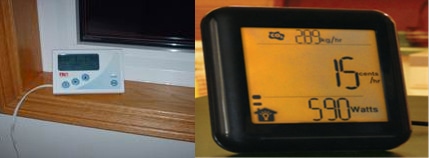
Initiated from our CIAP Grant in 2009, this project teaches Energy efficiency and awareness by the use of biofeedback. Studies have shown that an average of 20% can be saved on electric bills with this device. A “Smart” Energy meter will be allocated to each household so that each individual can monitor energy usage and predict monthly electric cost. The meter will be showing energy use in real-time and also warn when the PCE limit has been reached at 500 Kwh and the cost dramatically increases.
At this point, the TED smart meters have been installed in all NAB communities except Kotzebue. A follow up study is under way, with interns in each community that evaluate and reprogram the installed units. KEA will be installing a slightly different model, ECO- meter due to a different meter base system in Kotzebue.
Installations for Kotzebue are scheduled for April – May 2013.
“Energy Wise” by RuralCap, NANA, NAB
This project started in September 2013 and is ongoing for Ambler, Noorvik, Shungnak, Buckland, Kivalina and Noatak. A collaborative proposal is underway to implement the “Energy Wise” program for six of our communities fall 2013. This program perfectly match out the energy awareness project with the energy meters; we are partnering with NANA and RuralCap on the program.
ETF Fund Energy Wind Turbine Project
Arctic field testing and power curve verification of the Eocycle 25/12 wind turbine. Funded under the ETF fund from AEA/Denali comission, this project started in June 2013. We will test a turbine made by “Eocycle” out of Quebec Canada. It is a 25Kw turbine that fits well with our village needs for wind power. The testing site for the Eocycle turbine will be Kotzebue Electric Associations wind site just outside of Kotzebue. The test will hopefully certify the turbine for use under Arctic -40F conditions. The communities that would benefit from this test includes all rural communities in Alaska. As of April 2017, we have run the Turbine through multiple winters and have resolved many issues that come with operating a Wind turbine in the Arctic Environment.
The program runs until June 2017, and at that time we will release a complete test report.
Cosmos Hills Hydro Project – Upper Kobuk
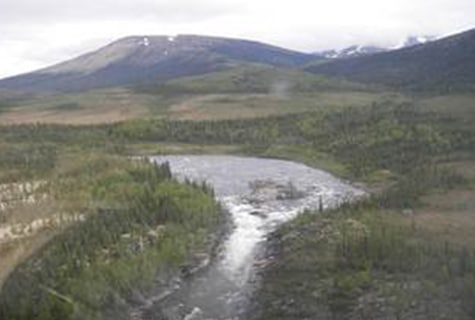
This is the most promising project for the Upper Kobuk. Estimated cost for full development including an electric inter-tie to Ambler is $50-60M. So far, the four climate/hydrological stations at Cosmos Creek, Wesley Creek, Dahl Creek and Kogoluktuk River are performing well and data and video link is available http://cosmoshydro.org/
Funding needed as current project funds will ran out in April 2013. Current funding is needed for the feasibility and design phase. If an Intertie between Ambler and Shungnak gets built, it would greatly improve funding possibilities for the Hydro project. At this time it is important to establish a “Right away” corridor for a transmission line between Ambler and Shungnak as soon as possible as this will show the intent of the Region to the funding agencies. We are currently collecting more support resolutions from the stakeholders in the region.
Solar-PV for Water Plants
Solar-PV for Water Plants initiated from our CIAP Grant in 2009; this project is designed to help provide power to our region’s water/sewer plants, reducing the cost of operation. The design phase of the project took place during the winter months of 2011-2012. The water plant in Ambler was commissioned March of 2013 and has been exceeding expectations. At times the water plant is running entirely on solar power.
Phase (2) construction occurred during the fall and winter months of 2013. This phase saw the construction of PV solar arrays for water plants in the villages of Deering, Noatak, Noorvik, Shungnak and Kobuk.
The final phase (3) began during the summer of 2014. In this phase the remaining villages in the Northwest Arctic Borough which include Kotzebue, Buckland, Kiana, Kivalina, and Selawik received solar arrays for their water/sewer plants.
Peak production for the solar arrays occur during the spring time. This is due to the increase in daylight as well as the generally sunny days that this area experiences. Furthermore, there is an increase of up to 30% in output due to solar reflection off the snow. The design includes Semicircular arrays to create a “broad” power curve and allow for a better interface to the generator sets. The estimated savings for each plant is between $6,000 and $8,000/year.
Below is current production as of 3/09/2022
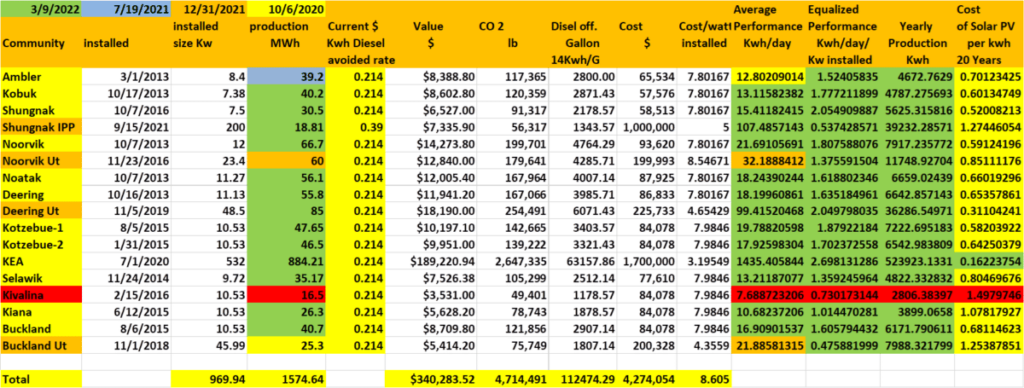
In 2008 the Northwest Arctic Region came together for a summer Energy Summit. Out of that meeting a concern arose that the Region needed to speak with one voice. To make sure that all communities participated in the implementation of that plan, the Energy Steering Committee was created by the NAB in the spring of 2009.
Reports
- Regional Energy Priorities 2017
- Regional Energy Projects
- Electric Usage and Fuel Cost Trends
- Utility Size Solar PV for Noorvik
- Final Summit Report – 2008
- NANA Final Wrap Report
- Deering Wind Report
- Wind Diesel Grant AEA #2195377 – Buckland, Deering, Noorvik
- Fuel Prices – June 2016
- Fuel Prices – September 2015
- Fuel Prices – October 2014
- Fuel Prices – March 2013
- Fuel Prices – February 2013
- NAB Strategic Energy Plan 2016
- Strategic Energy Plan – 2011
- NANA GAP Report – 2010



